collasped windows and outside condensation
melmark4
13 years ago
Related Stories

HEALTHY HOMEGet Cleaner Indoor Air Without Opening a Window
Mechanical ventilation can actually be better for your home than the natural kind. Find out the whys and hows here
Full Story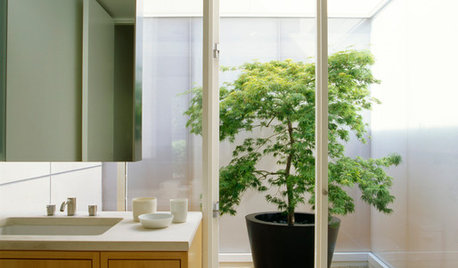
FEEL-GOOD HOMEBathrooms Without Borders Bring the Outside In
These elegant indoor-outdoor bathrooms inspire an easy, breezy vacation feeling
Full Story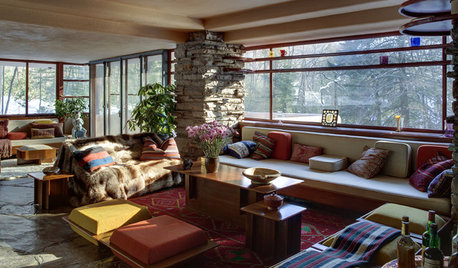
WINDOWSSteel-Framed Windows Leap Forward Into Modern Designs
With a mild-mannered profile but super strength, steel-framed windows are champions of design freedom
Full Story
HOUSEKEEPINGLower Your Heating Bills With Some Simple Weather Stripping
Plug the holes in your house this winter to make sure cold air stays where it belongs: outside
Full Story
WINDOW TREATMENTSEasy Green: 9 Low-Cost Ways to Insulate Windows and Doors
Block drafts to boost both warmth and energy savings with these inexpensive but effective insulating strategies
Full Story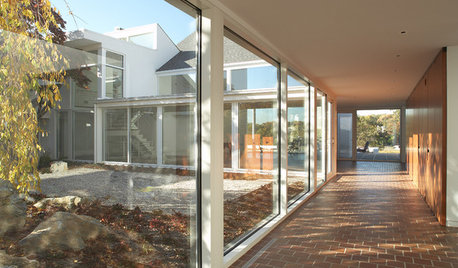
GREAT HOME PROJECTSUpdate Your Windows for Good Looks, Efficiency and a Better View
Great home project: Replace your windows for enhanced style and function. Learn the types, materials and relative costs here
Full Story
WINDOW TREATMENTS7 Window Treatments That Can Lower Your Energy Bills
Beautify your windows, keep your home cool and reduce energy use all at once with the right covering
Full Story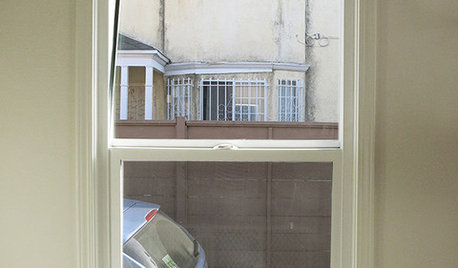
WINDOW TREATMENTS6 Ways to Deal With a Bad View Out the Window
You can come out from behind the closed curtains now. These strategies let in the light while blocking the ugly
Full Story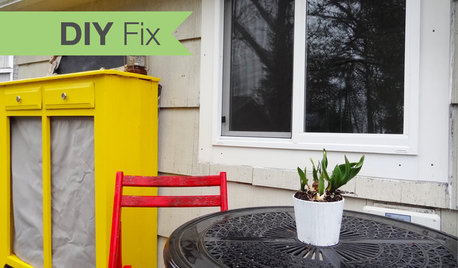
Replace Your Windows and Save Money — a How-to Guide
Reduce drafts to lower heating bills by swapping out old panes for new, in this DIY project for handy homeowners
Full Story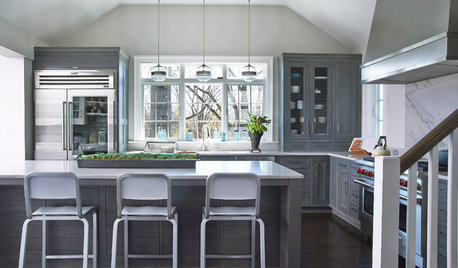
KITCHEN OF THE WEEKKitchen of the Week: Colonial Kitchen Opens Up to Scenic Views
A lack of counters and a small sink window motivate a New York couple to update their kitchen to add space for their busy family
Full StoryMore Discussions






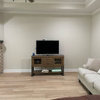

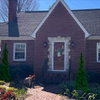

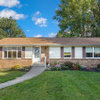
skydawggy
melmark4Original Author
Related Professionals
Houston Window Contractors · Eagle River Window Contractors · Holly Hill Window Contractors · Aventura Window Contractors · Calabasas Window Contractors · Peekskill Window Contractors · Nashville Interior Designers & Decorators · Whitman Interior Designers & Decorators · Anderson General Contractors · Jefferson Valley-Yorktown General Contractors · Riverdale General Contractors · Palm River-Clair Mel General Contractors · Austintown General Contractors · Morristown Carpenters · Rancho Santa Margarita Carpentersmelmark4Original Author
Windows on Washington Ltd
Windows on Washington Ltd
melmark4Original Author
Windows on Washington Ltd
melmark4Original Author
nerdyshopper